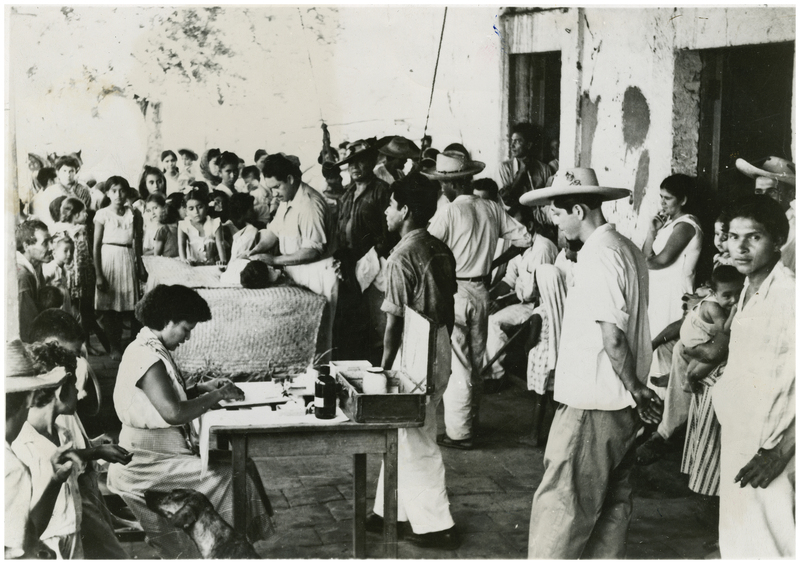May 2016
The biomedicalisation of illegal abortion: the double life of misoprostol in Brazil examines the double function of this drug in Brazil, where it is illegally used by women as an abortifacient and legally used in obstetric hospital wards.
Written by Silvia de Zordo – Department of Anthropology at Universitat de Barcelona – this paper is based on her doctoral and post-doctoral anthropological research on contraception and abortion in Salvador, Bahia.
The article initially traces the “conversion” of misoprostol from a drug to treat ulcers to a self-administered abortifacient in Latin America, and its later conversion to an eclectic global obstetric tool.
At the same time, obstetrician-gynaecologists throughout the world have started to use it off-label for a number of obstetric procedures. As a result, maternal mortality rates have decreased in countries with restrictive abortion laws, like Brazil.
Chávez, Ana María Medina. Contexto social del debate sobre el control natal en Colombia en las décadas de 1960 y 1970: política, medicina y sociedad. Hist. cienc. saude-Manguinhos, Dic 2014, vol.21, no.4, p.1467-1473. ISSN 0104-5970
Chazan, Lilian Krakowski and Faro, Livi F.T. ““Holy scan” or “picture of the baby?” Biomedicalization and stratification in the use of obstetric ultrasound in Rio de Janeiro. Hist. cienc. saude-Manguinhos, Mar 2016, vol.23, no.1, p.57-78. ISSN 0104-5970
Felitti, Karina. Parirás sin dolor: poder médico, género y política en las nuevas formas de atención del parto en la Argentina (1960-1980). Hist. cienc. saude-Manguinhos, Dic 2011, vol.18, suppl.1, p.113-129. ISSN 0104-5970
Read the full issue of HCSMS’ latest issue: The Biomedicalization of Brazilian Bodies: Anthropological Perspectives (vol.23 no.1 Rio de Janeiro Jan./Mar. 2016).






